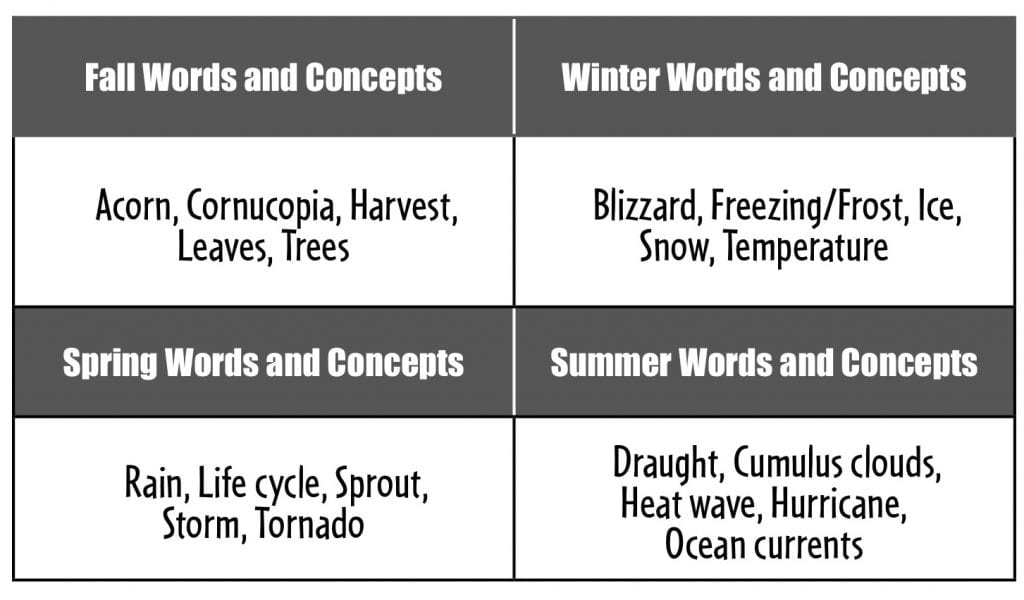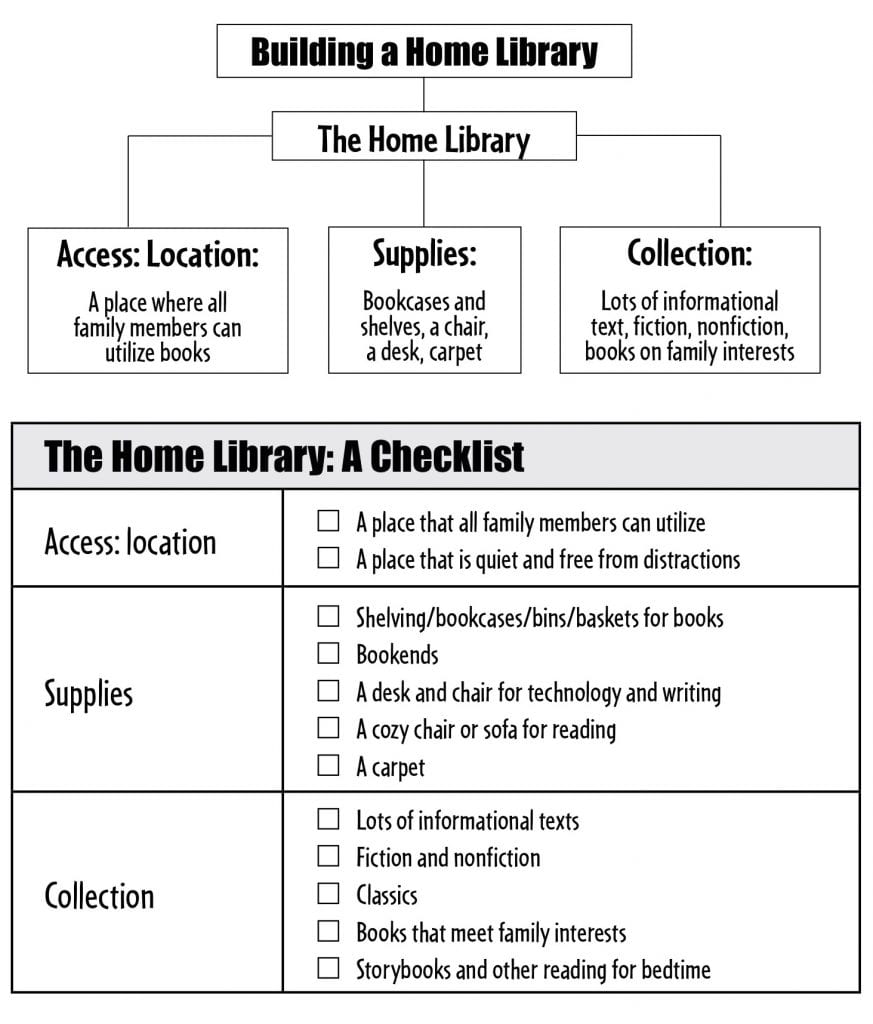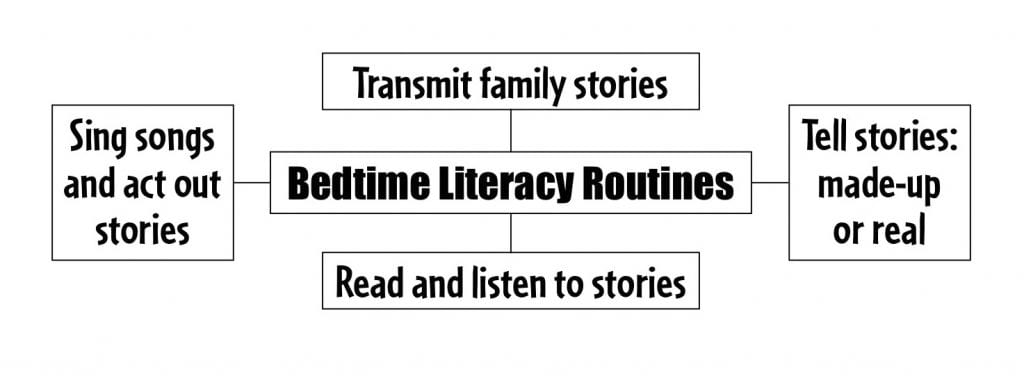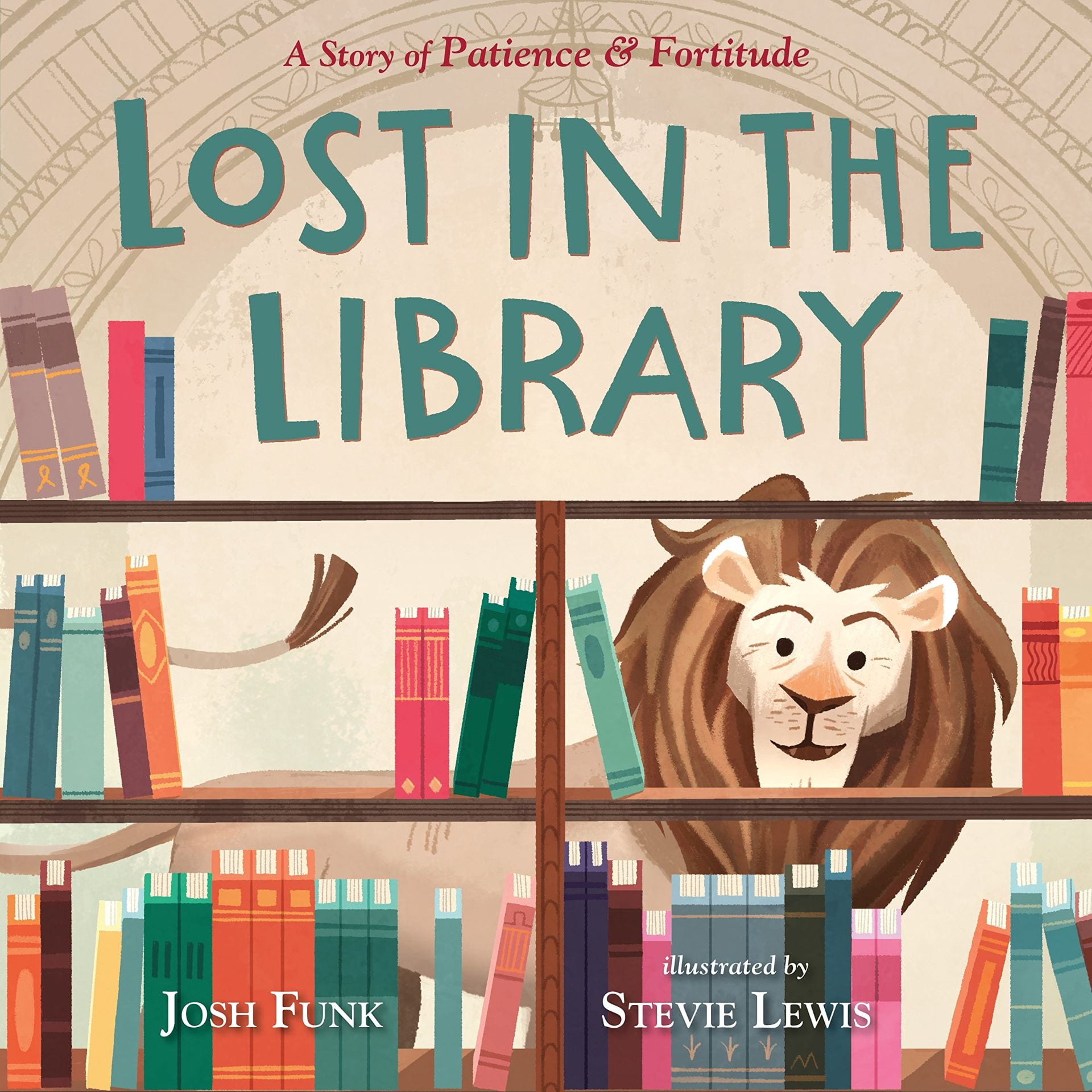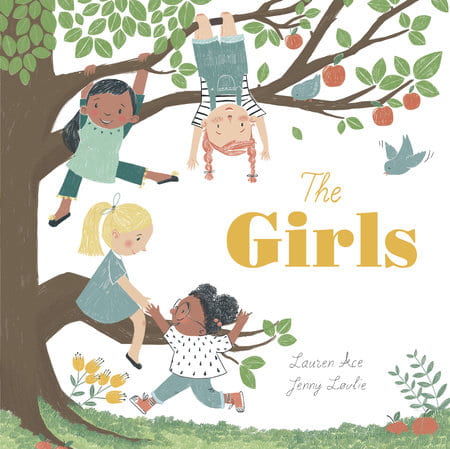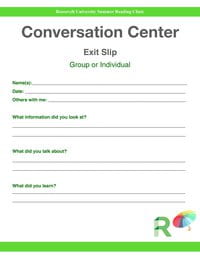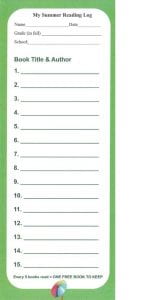Pedro Martín’s grown up in the U.S. hearing stories about his legendary abuelito, but during a family road trip to Mexico, he connects with his grandfather and learns more about his own Mexican identity in this moving and hilarious graphic memoir.
Pedro/Peter Martín is a Mexikid, or a kid born in the U.S. to parents from Mexico, a kid who doesn’t quite belong to either place. So he’s not sure what to expect when his dad announces that the whole family (all 11 of them!) will be piling into their Winnebago to drive 2,000 miles down to Mexico with a mission: bring their mysterious, Mexican-Revolution-era abuelito home to live with them. But their grandfather has a mission of his own, and he won’t leave Mexico until it’s complete. This deeply personal and hilarious graphic memoir captures an unforgettable journey filled with cousins, comics, heartbreak, and newly discovered family history. It’s the story of one Mexikid in search of his grito… all on the road trip of a lifetime. Source: Publisher

Pedro Martín

